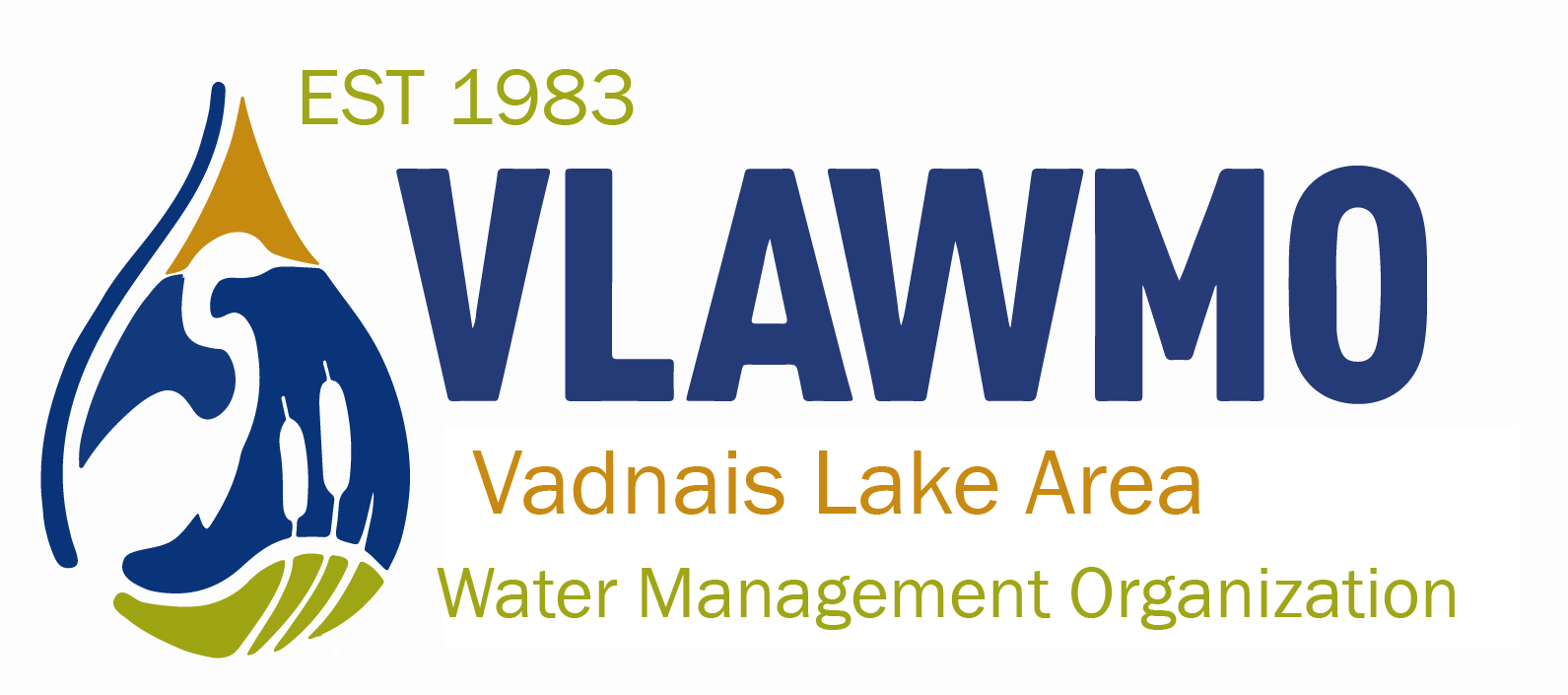Goose and Wilkinson Fish Surveys
VLAWMO uses fish surveys as one of the many tools to assess lake health and make management decisions.
Background:
In 2013 VLAWMO removed the then astounding numbers of bullhead from Goose Lake. The plan was to revisit the lake with another study in a few years. This year's survey is the follow-up to the 2015 bullhead removal and shows that the removal was effective, as the data reports very small numbers of bullhead. Rough fish such as bullhead hinder water quality through bottom feeding habits that constantly stir up sediment and nutrients. With Goose Lake's unfortunate history of being used as a wastewater dumping site in the 50's, there's still a large amount of nutrients nestled at the lake bottom. This is referred to as internal loading. Now in comparison, the data currently shows that bullhead numbers have dramatically dropped. This is assuring in terms of the greater effort for lake improvements, as one of the many pieces to the clean water puzzle is no longer a concern. A balance of rough and game fish that's diverse in sizes and age is more conducive to clean water and a balanced, resilient lake.
Analysis:
Data from the survey indicates that the lake conditions aren't a significant fish in the lake - which is a good sign. Largemouth Bass are also present as a top predator, which supports the lake's progress towards balance and resilience. However, crappie are currently most abundant. For future surveys, VLAWMO will observe if the bass populations competes with the large crappie population. Continued progress toward a balanced, diverse fish population will help minimize harm to aquatic life. For example, both winter and summer can bring fish kills due to ice cover and nutrient imbalances. Both limit oxygen that fish need to survive. As the fish populations improve from 2013 to 2017 they're more resilient to these challenges, but water monitoring reveals another layer to the puzzle. Goose Lake experiences high levels of algae, and is above state standards for nutrients such as phosphorus and chlorophyll-A. This means our attention in the future will be focused on reducing nutrient levels in the lake.
View the video presentation from Blue Water Science summarizing the surveys here.
Click here for the Wilkinson Lake final report.
Click here for the Goose Lake final report.

